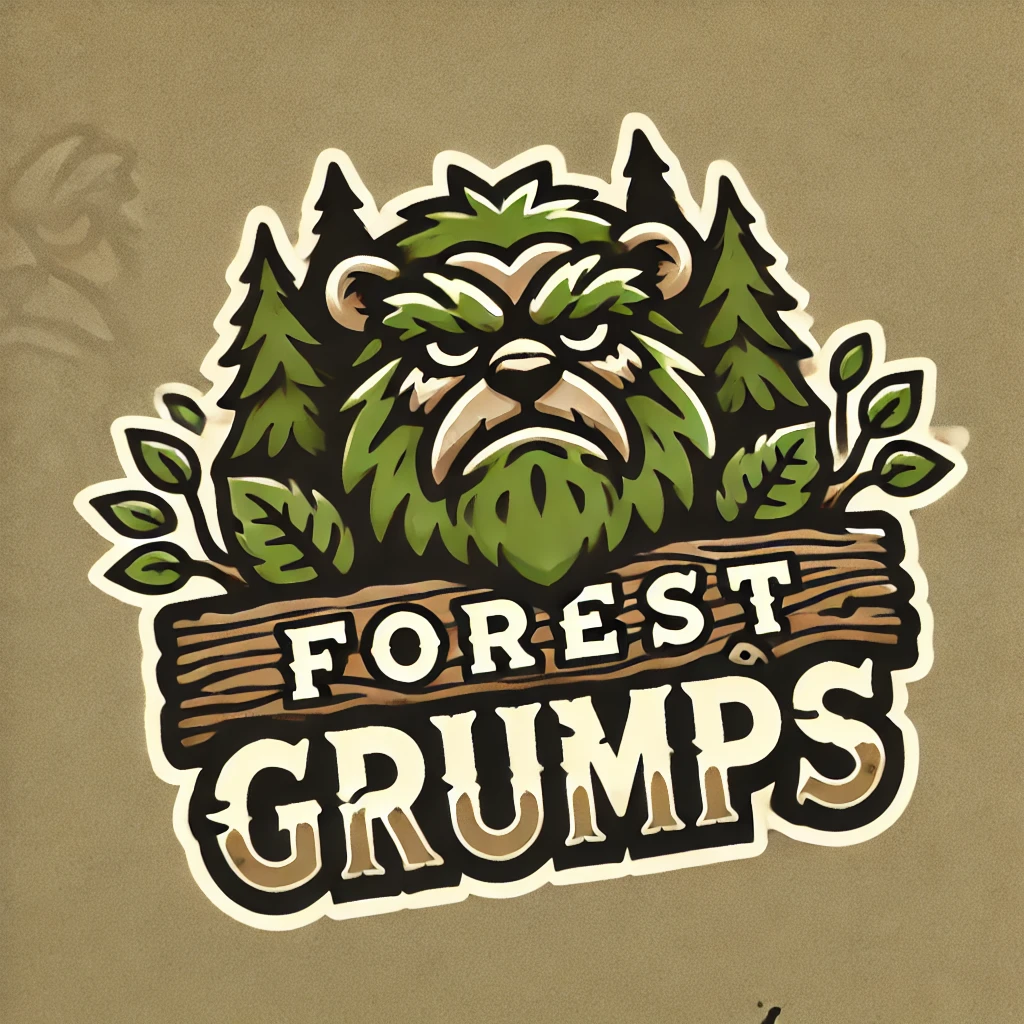The first time I tried using oak for firewood, I had no idea what I was in for. I remember grabbing a few logs for my wood stove, expecting an easy, cozy fire. But I quickly realized that oak burns differently from other types of wood. It takes time to light, but once it’s going, it burns hotter and longer than almost anything else I’ve tried.
Why Oak is Great for Firewood
Oak is one of the best types of firewood, hands down. It’s dense, slow-burning, and packs a punch when it comes to heat. Here’s why it stands out:
1. High Heat Output
- Heat production: Oak burns hot. It provides about 24-28 million BTUs (British Thermal Units) per cord, which is higher than many other hardwoods.
- Warmth: This makes it perfect for heating your home during the winter months. You won’t be throwing logs on the fire constantly because of its slow burn.
2. Long Burn Time
- Density: Oak is extremely dense. This means it takes a bit longer to catch fire, but once it does, you’ll be amazed at how long a single log can burn.
- Overnight heating: Ideal for wood stoves, you can load it up before bed and wake up to embers still glowing in the morning.
3. Minimal Sparking
- Safety: Oak produces very few sparks, which means it’s safer to use in an open fireplace. Less popping means fewer flying embers, reducing the risk of a house fire.
4. Clean Burning
- Less creosote: Compared to softer woods like pine, oak produces less creosote buildup in your chimney. That means fewer chimney cleanings and a lower risk of chimney fires.
How to Prepare Oak Firewood for Best Results
While oak is excellent firewood, it needs some special attention before you burn it.
Seasoning is Key
- Drying time: Oak takes a long time to dry, sometimes up to 2 years. Unseasoned oak (or “green wood”) is a nightmare to burn because it’s full of moisture.
- Moisture content: You want the moisture content of oak to be below 20% for the best burn. Wet oak hisses, smokes, and doesn’t burn efficiently.
Splitting Oak
- Easier when green: Trust me, splitting oak is tough work, especially when it’s dry. If you need to split it, try to do it when the wood is still green. The fibers are more flexible, making it easier to break apart.
- Tools: A good splitting maul or hydraulic splitter will save you a ton of time and energy when working with oak.
Potential Drawbacks of Oak Firewood
Of course, there are some downsides to oak firewood, but they’re mostly related to preparation.
- Slow to Season: As I mentioned, oak takes a long time to dry out properly. If you’re in a pinch and need wood fast, oak is not the right choice unless you already have seasoned logs ready.
- Difficult to Light: Because of its density, oak can be stubborn when you’re trying to start a fire. You’ll want a good supply of kindling and maybe even some softer wood (like pine or birch) to get the flames going before you add oak to the fire.
- Heavy Wood: If you’re hauling firewood by hand, oak can be a real workout. It’s heavy compared to lighter woods like poplar or pine.
Tips for Getting the Most Out of Oak Firewood
- Store properly: Make sure your oak firewood is stored off the ground and covered. You want to keep it dry, especially during the seasoning process. A woodpile with good airflow is ideal.
- Mix with other wood: Sometimes, I’ll mix oak with a faster-burning wood like birch or ash. This gives me the easy start of a softer wood and the long, sustained burn of oak.
- Test moisture: Use a moisture meter to check your wood’s dryness. If it’s over 20%, it’s not ready to burn efficiently.
Final Verdict: Oak is an Excellent Firewood
Oak’s ability to produce long-lasting heat makes it one of the best firewood choices you can get, but it does require patience. If you’re prepared to season it for a couple of years and don’t mind the extra effort of splitting and stacking, oak will keep your home toasty for hours on end.
So, if you’ve got some oak logs, treat them right, and they’ll serve you well. When properly seasoned, few types of firewood can compete with oak’s long, steady, and efficient burn.
